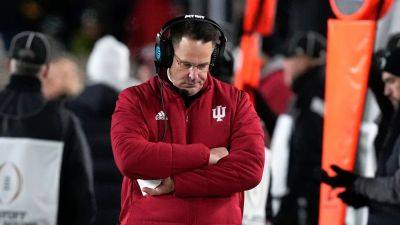A timeline of the reconstruction of Notre-Dame de Paris
Five years after a fire ripped through one of the world’s most famous religious buildings, the Notre-Dame de Paris cathedral is set to fully reopen as reconstruction work finishes.
The reopening ceremony is set for Saturday 7 December. Hosted by French President Emmanuel Macron, around 50 national heads of state will also be present, as well as US President-elect Donald Trump.
After the official reopening, Paris’ famous cathedral will once again be open to the public. It’s been a long journey for Notre Dame, since the images of it burning were seared into the minds of Francophiles worldwide on 15 April 2019.
Here’s a timeline of the reconstruction work (and a bit of backstory):
In the 12th century, the Bishop of Paris, Maurice de Sully, decided that the city needed a grander cathedral to suit the needs of the growing capital. Work began in 1163 and was largely considered completed by 1260, although it has been routinely updated since then.
Since its completion, Notre Dame has been considered a definitive example of French Gothic architecture. The church has been the stage for iconic moments in history, both real (Napoleon’s coronation) and fictional (Victor Hugo’s ‘The Hunchback of Notre-Dame’).
Fire had long been a concern for those in care of Notre Dame. Erosion had made many of the roof timbers overly susceptible and there were multi-million-euro renovation works being done on the main spire.
A little after 6pm on 15 April, a fire broke out in the attic. Due to problems with the fire alarm system, it wasn’t discovered until far too late and the fire services weren’t immediately informed, allowing the fire to spread across the roof and spire.
Firefighters were at the scene within 10 minutes of notification and started








